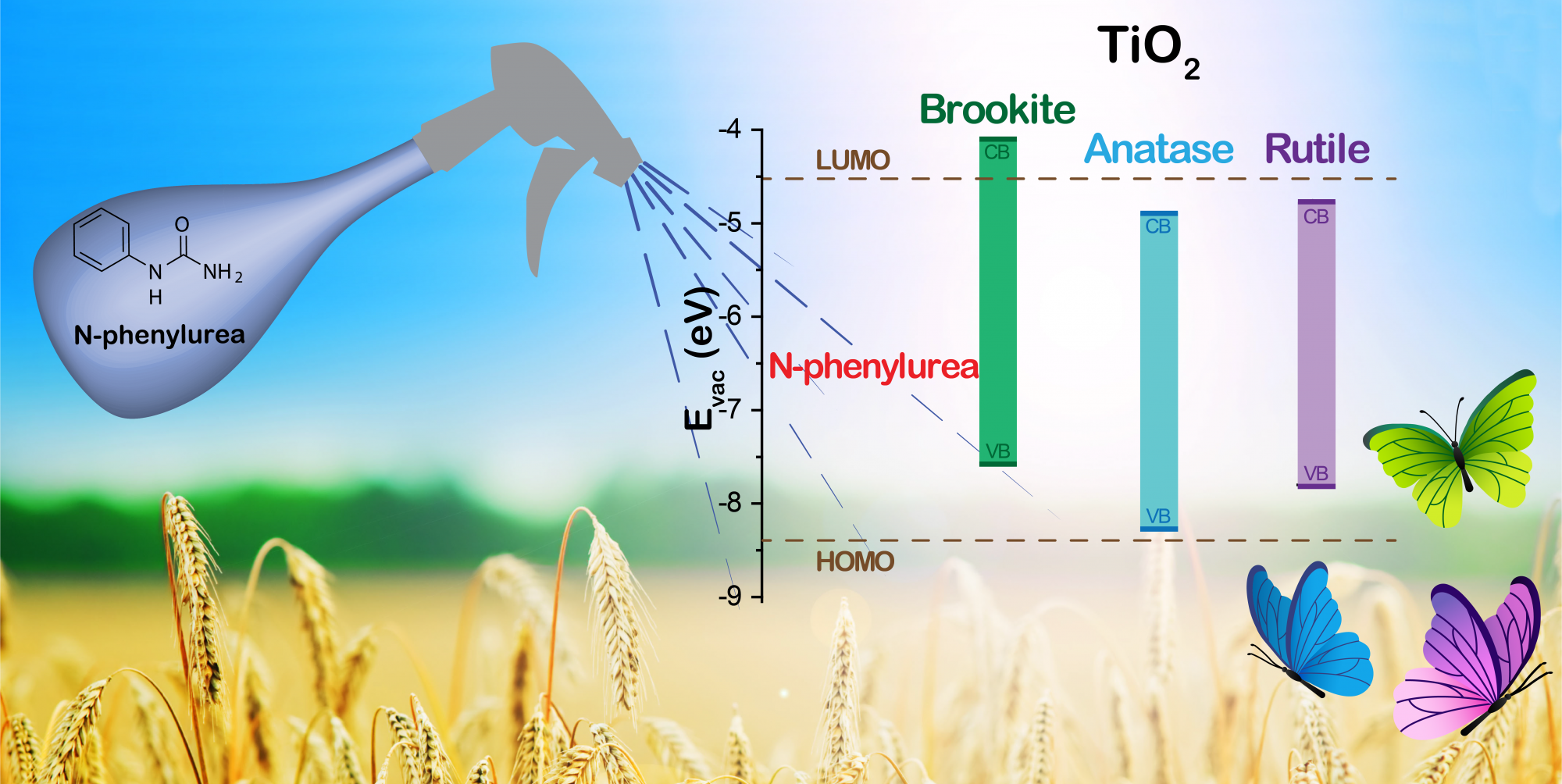Advanced Infra-Red spectroscopy
Nanomaterials for catalysis and adsorption/storage of gases (e.g. CO2, H2, CH4) can be characterized by means of advanced Infra-Red (IR) techniques: adsorption of probe molecules; Variable Temperature IR spectroscopy (VT-IR)
Briefly, probe molecules are simple moieties in gas/vapour phase at ambient conditions (e.g. CO, CO2, NH3, H2O), which can be dosed at the surface of solids (e.g. silica, zeolites, metal oxides, etc.) within vacuum lines. When the probe interacts with an adsorbent surface, its IR features are modified (with respect to those of the free molecule) and can be monitored by IR.
IR spectroscopy of adsorbed probe molecules allows inferring some relevant surface properties of the adsorbent (e.g. type and abundance of acid/base sites; coordination and oxidation state of surface metal ions) by the IR spectra of the probe/adsorbent system: for instance, it is a powerful means to study the properties of (high surface area) solids, like those used in heterogeneous catalysis.
VTIR cells allow the simultaneous measurement of IR spectrum, Temperature and Pressure in closed thermodynamic systems. The VTIR technique allows ferreting out some thermodynamic quantities (enthalpy and entropy of adsorption) with ideal gas-solid systems (ex. CO2/H-ZSM-5; NH3/H-ZSM-5) without the need of (more time demanding) calorimetric measurements, for instance.

